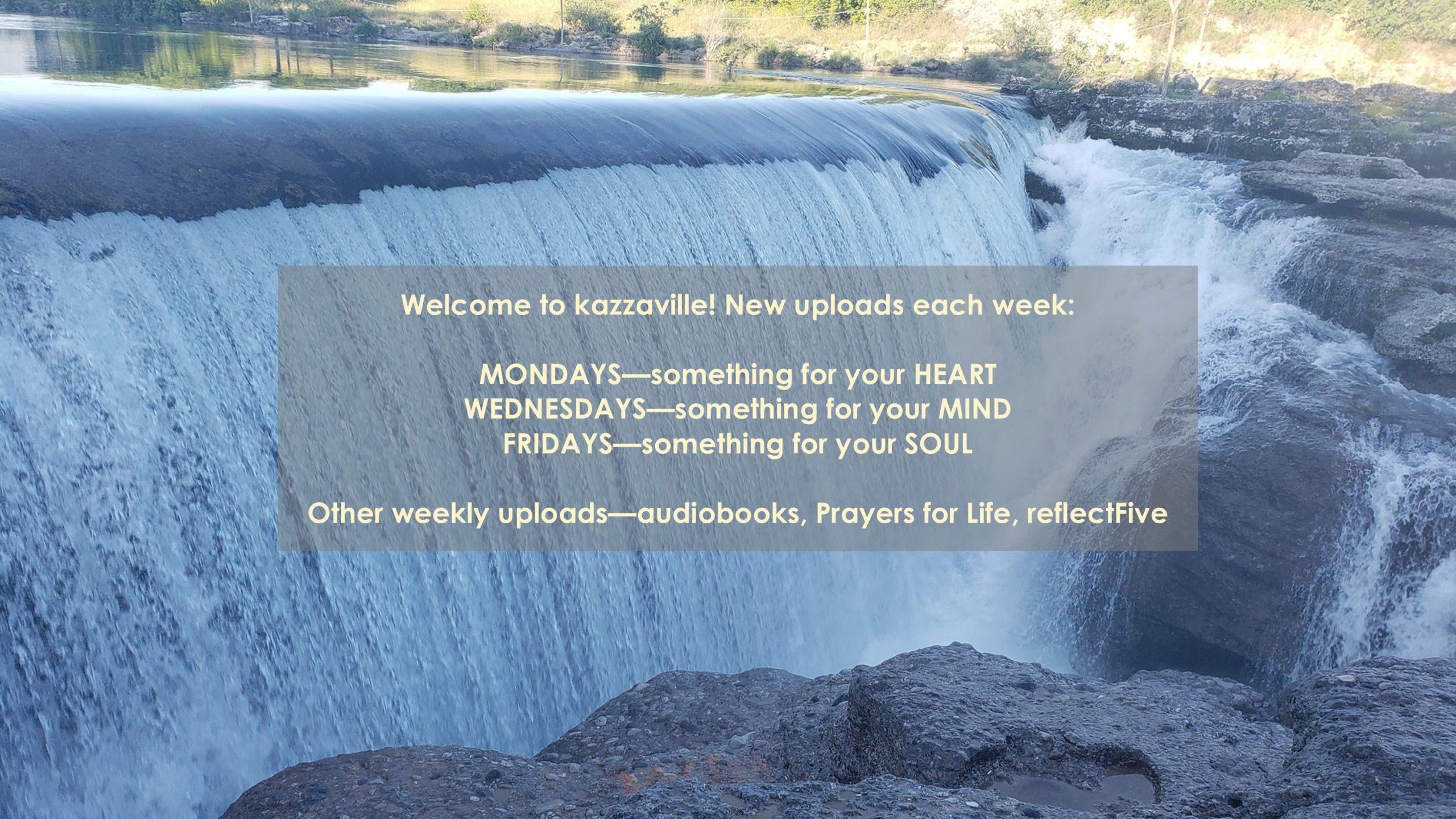Physics
Physics
Basic Physics (Kuhn)
Cool Physics Websites
Exploring Creation with Physical Science (Apologia)
Fundamentals of Physics
Miscellaneous
AP Physics — Tipler’s Physics Text
We study some physics each year, combining book learning with hands-on experiments.
Cool Physics links:
Buoyancy Brainteasers
Contemporary Physics Education Project
Dam Challenge
Dome Challenge
Fermilab
Floating and Sinking
Forces Lab
Free Falling
Galileo Games
Hang in There–testing cable strengths
Hazardous Duty Robots
How Do We Convert Mechanical Energy into Electrical Energy?
Interactive Physics Problem Set
Internet Plasma Physics
Learn Physics Today
Loads Lab
Magnetic Storm: Visualizing Magnetic Fields
Moving Targets — Doppler effect
Physics 2000 (University of Colorado)
Physics Classroom
Shapes Lab
Simple Thermodynamics of Transportation
Sonic Boom Basics
Structure of Metal
Time Traveler — relativity
Tour the Spectrum
Tunnel Challenge
Unit Conversion
Basic Physics by Karl F. Kuhn, supplementing with fun hands-on science kits (or off-the-cuff on-the-spot kitchen-type experiments!). The text is excellent–well-written, concise, and covers basic physics topics. Here are the chapter titles:
Force and Motion . . . multimedia activities and more multimedia activities
Newton’s Laws of Motion . . . multimedia activities
The Conservation of Momentum and Energy
Gravity
Atoms and Molecules
Solids
Liquids and Gases
Temperature and Heat
Change of State and Transfer of Heat
Wave Motion
Sound
Diffraction, Interference, and Music
Static Electricity
Electrical Current
Magnetism and Magnetic Effects of Currents
Electrical Induction
Electromagnetic Waves
Light: Wave or Particle?
The Quantum Nature of Light
Reflection, Refraction, and Dispersion
Lenses and Instruments
Light as a Wave
Color
Miscellaneous topics:
DVDs / videos:
Moody Science Classics: Time and Eternity
Moody Science Classics: Professor and the Prophets
Moody Science Classics: God of the Atom
books:
The Cartoon Guide to Physics (Larry Gonick & Art Huffman)
The Flying Circus of Physics with Answers (Jearl Walker)
Thinking Physics: Practical Lessons in Critical Thinking (Lewis Carroll Epstein)
Rube Goldberg Inventions (Maynard Frank Wolfe)
Alice in Quantumland (Robert Gilmore)
Basic Physics (Karl F. Kuhn)
Einstein for Beginners (Joseph Schwartz & Michael McGuinness)
Famous Scientists
Einstein for Beginners
Rube Goldberg machines
We used these books:
The Flying Circus of Physics
Physics Begins With an M . . . Mysteries, Magic, and Myth
Thinking Physics: Practical Lessons in Critical Thinking
Rube Goldberg: Inventions — these are wonderful!
We played on the CD-ROM, Incredible Machine 3. This has become a favorite for our family and many children who come over.
Matter
We read these books:
The Berenstain Bears’ Science Fair
Gravity is a Mystery
Matter (Eyewitness)
Developing Critical Thinking Through Science, book 2
The World of Atoms and Quarks
We explored the CD-ROM, The Way Things Work
Electricity
We read these books:
The Cartoon Guide to Physics
Electricity (Eyewitness)
Switch On, Switch Off
The Magic School Bus and the Electric Field Trip
The New Way Things Work
We visited our science museum, SciTrek.
Electronics
We read Electronics (Eyewitness).
P & J built electronic circuits using J’s Radio Shack kit.
Robotics
P & J built robots using K’nex.
Star Trek 🙂
The Physics of Star Trek
8th/9th grade text called Exploring Creation with Physical Science. Though it’s not strictly a physics text, I include it here because of its emphasis on forces, motion, waves, etc. Warning–there are quite a few chapters on weather, which isn’t gripping to physics-minded kids! Chapter titles are:
The Basics
Air
The Atmosphere
The Wonder of Water
The Hydrosphere
Earth and the Lithosphere
Factors That Affect Earth’s Weather
Weather and Its Prediction
An Introduction to the Physics of Motion
Newton’s Laws
The Forces in Creation — Part 1
The Forces in Creation — Part 2
The Forces in Creation — Part 3
Waves and Sound
Light
An Introduction to Astrophysics
Fundamentals of Physics–taken from Castle Heights Press catalog.
Understand the basic construction of matter, its states, and the kinetic theory.
Know the definitions of energy, motion, speed, velocity, acceleration, force, momentum, potential energy, and kinetic energy. Understand and be able to calculate them using a snowball or a car.
Know how the simple machines work.
Memorize and understand the three laws of Newton. Be able to demonstrate how they work.
Understand periodic motion: the pendulum and the spring as examples.
Be able to explain the Law of Gravitation and relate this to the Earth-Moon system.
Know heat: how it is generated, transmitted. Be able to explain and give examples of radiation, conduction and convection. Be able to explain why a survival blanket is a thin, shiny material. Why snow is a good insulator. Why you should have a ground cloth when sleeping on the ground. How the Romans could have heated their homes with steam. Be able to explain insulation and calorimeters.
Know the two laws of thermodynamics and how they relate to the workings of the universe.
Know the two types of waves: longitudinal and transverse. Be able to demonstrate each with a slinky. Identify the parts of a wave: compression, rarefaction, peak, trough, wavelength, amplitude, frequency, and speed. Know the different types of interference: destructive and constructive and examples in real life of each.
Know the characteristics of sounds waves and their transmission. Understand the basics of music, loudness, pitch, amplification, and harmony. Understand how we and some animals hear.
Study the electromagnetic spectrum and vocabulary above (9). Explain light, the visible spectrum, and the transmission and bending of light both through a vacuum and through substances. Study the index of refraction.
Be able to explain diffraction, refraction, diffusion, translucent, opaque, transparent.
Explain the generation of radio waves and their transmission, TV waves, satellite transmittal, atmospheric disturbances, microwaves, and how microwaves heat food.
Know static electricity without using the cat to demonstrate upon!
Know magnetism. Be able to demonstrate the generation of electricity using a magnet. Be able to generate magnetism using electricity. Show how you use these principles in the car. Explain the generation of 60 cycles alternating current. Explain the difference between alternating current and direct current, and between house current in Europe and the United States. Explain how a waterfall is good to use to generate electricity.
Know Ohm’s Law and Kirchoff’s Law. Be able to work problems with each.
Know the different electrical devices: resistors, capacitors, inductors, transistors, diodes, batteries, transformers, loads, current, voltage, resistance, capacitance. Understand and draw basic circuit diagrams.
Understand the electric devices in the home, how we measure electricity, and ways to save on electricity. Understand the uses of solar energy, solar cells, and solar panels. Be able to explain the basic safety procedures to use around electrical devices.
Study nuclear physics: quanta, nuclear particles, subnuclear particles, photons, wave-particle duality, cyclotrons, accelerators, nuclear decay, nuclear bombs, nuclear waste, radiation treatments, half-life and radiometric dating.
Study Einstein’s Theory of Special Relativity and the speed of light from various positions. Hypothesize about the speed of time from various positions.
Study lasers, their uses, sizes, types, and control. How they are used to do surgery, to control machinery, to check CDs, to set speed traps, and to level land.
Know the definitions and uses of: phasers, photon torpedoes, hyperspace, warp drive, transporters, and transtators.
Be able to relate classical physics to our household appliances and to devise alternative experiments given traditional ones.
Be able to read and construct line charts and graphs from data sets. Practice observation, record keeping and communication skills by writing a good laboratory notebook.


